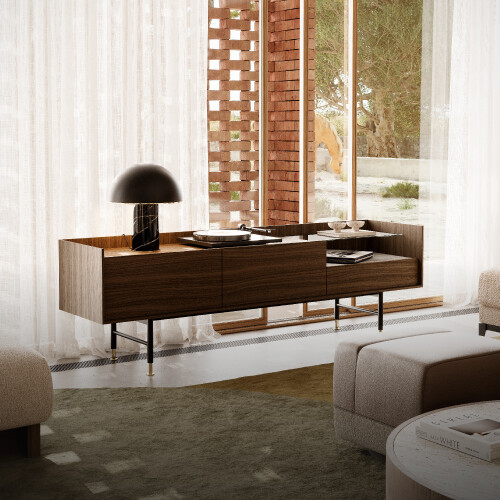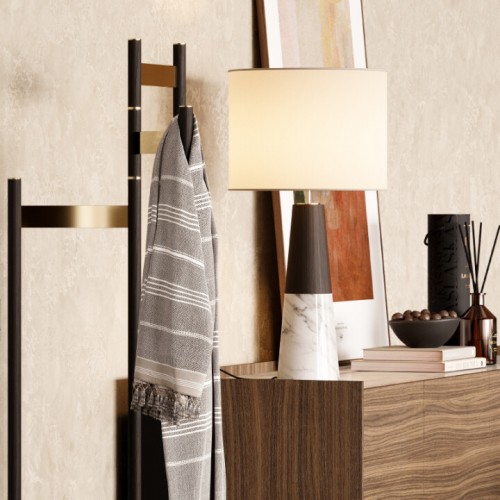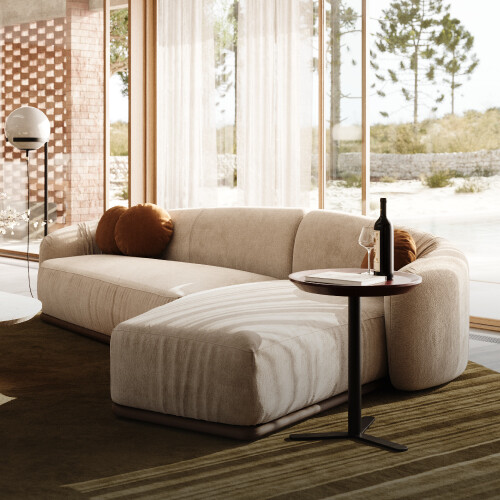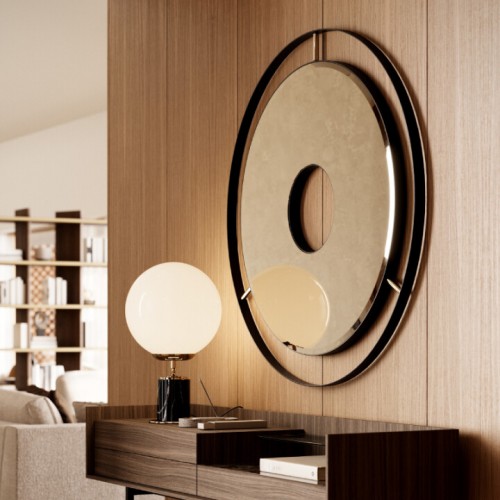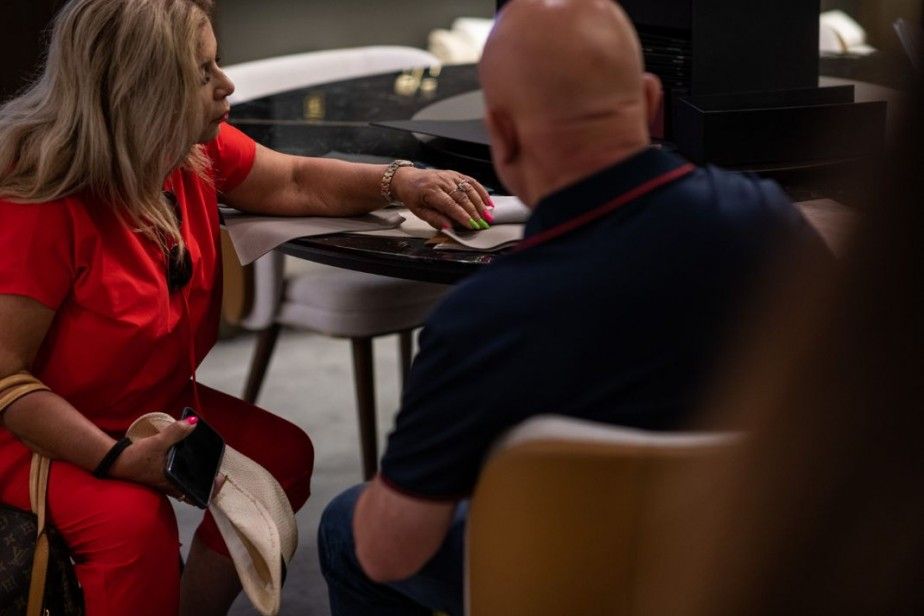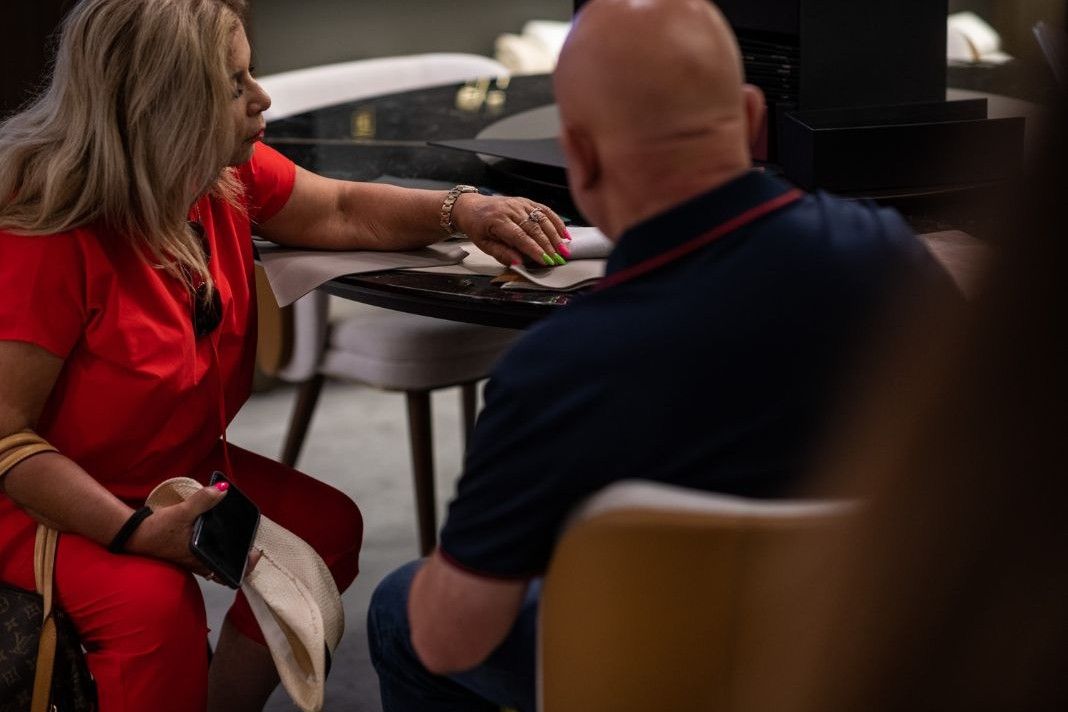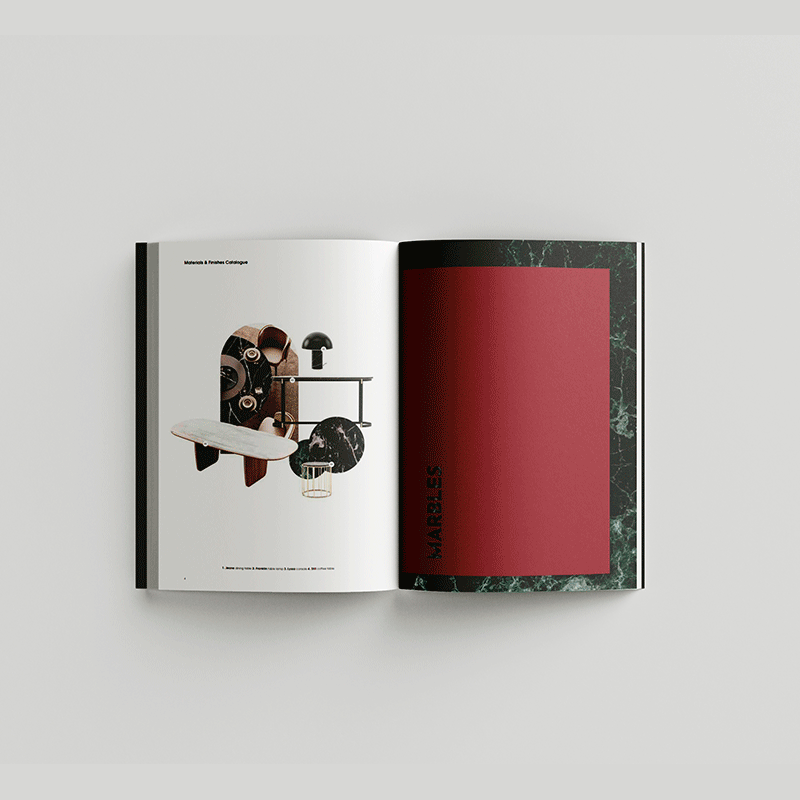The consumers of today are not what we consider the consumers of yesterday and they surely aren’t the consumers of tomorrow. With this in mind, we can only conclude that what remains constant is the consumer's ongoing change.
This article talks about the future consumer, but more precisely the future consumer of interior design services, and why should it be important for you has an interior professional to be one step ahead of the evolution.
CONSUMER SENTIMENTS
Consumer sentiments determine how your customers feel and think about economic conditions, as well as their personal financial state and perspective to what happens next. Evaluating consumer sentiment is a critical component of good market research. By accurately evaluating consumer attitudes, behaviours, and beliefs, a company can develop messages, reach its target audience, and take actions to increase customer affiliation, loyalty, and perceptions. We identified two major consumer sentiments that will dominate the future.
Future shock refers to the social and emotional paralysis induced by the “shattering stress and disorientation” at the magnitude and velocity of the changes we are experiencing.
 Futurist
Alvin Toffler
Futurist
Alvin Toffler
In the future, we will witness the dawn of the Everything Net – a circular existence where physical and digital worlds fuse together, not necessarily in the smoothest way possible. There is a great promise in the meta-economies that will arise from this, but rapid evolution that changes daily life may induce a sense of shock, this is the so-called future shock.
Today, we live in an internet-based data-driven culture where anybody on the planet may access ideas, practices, and learning by themselves. In the future, the audience that uses the internet will be larger and even more self-aware of the changes and new trends that are coming up, making them almost mini experts of the market they intend to use.
This applies as well to the future consumer of interior design services. The bespoke services, such as architecture and furniture design are still of immense value, but they will have value to an increasingly smaller sub-sector of society. For the major audience, learning best practices from well-executed designs and compiling them into more repeatable and formulaic patterns that address form and function will be enough. In short, function over form and not the other way around. Simple furniture design, with incorporated technology, such as USB ports, lighting and even wireless gadgets will be the focus of the future.
Time is money - Time Compression

Because of the influx of conflicting realities, our experience of time will be accelerated. Time compression (a cognitive effect where time passes more quickly than one thinks) will be an actual “normal” phenomenon in the future. Virtual reality, the improved stimuli that entertainment activities will have and metaverses will transform the way we perceive the passage of time. A 2021 study by cognitive scientists at the University of California, Santa Cruz, included a time study of virtual reality versus traditional gaming, and it discovered that students played for 28.5% more time than they realised on the virtual reality version. Ongoing time compression can lead to dissociation with reality, anxiety, addictive behaviours, and future shock.
Ok, but how does this apply to the future consumer of interior design services?
Quite simple. In the future, time compression symptoms will be more common making all deadlines even more demanding. This translates into more rigid future customers, with less time available for activities that are normally given to others (in this case, interior design), less patience and more focus on practicality. True lovers of well-designed furniture will keep the passion alive; they will simply have less time for that passion to happen.
In turn, this requires that the interior designer becomes a much faster problem solver, the professional will always have to be one step ahead of increasingly informed future consumers.
Overstimulation is already happening, It’s not a simple “future thing”. An overload of stimulus driven by constant connectivity and the ‘sensory revolution’. People are more connected than ever, with the rise in digitalisation and social media usage, e-commerce, entertainment, and video streaming technologies.

Eliza Aguhar, member of The Knowledge Society
This rapid evolution, which would usually occur over decades or centuries, is driving overstimulation. The penetration of e-commerce in the US saw 10 years’ growth in the space of just three months (Q1 2020), with 75% of consumers reportedly trying different stores, websites, or brands during the Covid-19 crisis.
The grasp for attention – The problems for the interior design market
.jpg)
A global 2019 study by researchers from the Technical University of Denmark revealed a dramatic decrease in the attention span of people over time. This affects every major market, special the interior design market. Want to show off some new details from your project? They don’t notice. Want to send some renders to your customers and get a reply about the next step? Well, you should have just sent 1. How about a meeting face to face to better discuss some issues we are having with this specific topic? They will probably not pay enough attention if the meeting is too long.
The future consumer time is shorter, their attention span is shorter, and all the solutions will require a different approach, more focused on practicality.
This is only the 1º part of 2 where we will describe the future consumer of interior design services. Stay tuned to the second one, where we will discuss Consumer Profiles.
